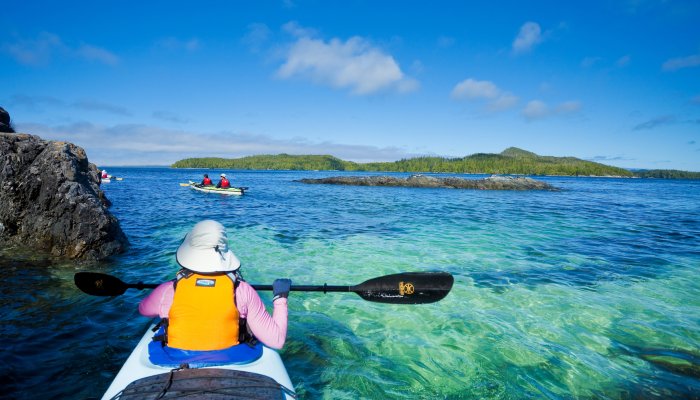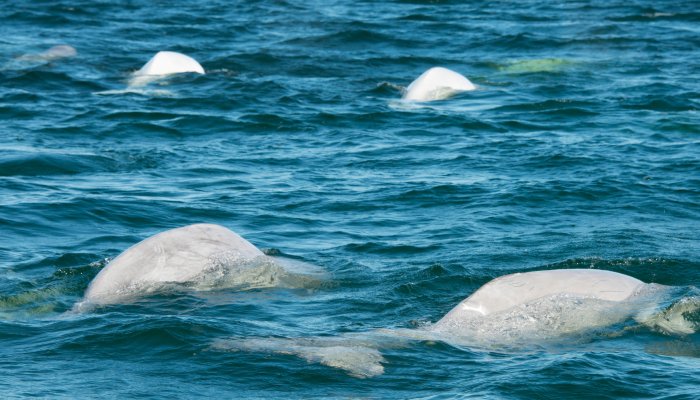Evolution of the Sea Kayak Paddle
Kayakers without a sturdy paddle are essentially stranded, and the same holds true for our pioneering predecessors. For these seafaring hunters who relied on small, nimble boats to survive in the frigid Arctic, a broken paddle could mean the difference between life and death.
Paddles were crucial tools and remain so today, which is why it’s important to understand the origins of your most powerful tool on the water. There is so much detail and nuance that goes into designing a good paddle that we might otherwise overlook.
In this article, learn about the origins of kayak paddles and how they were developed to meet the needs of Arctic anglers, as well as the innovations taking place today.
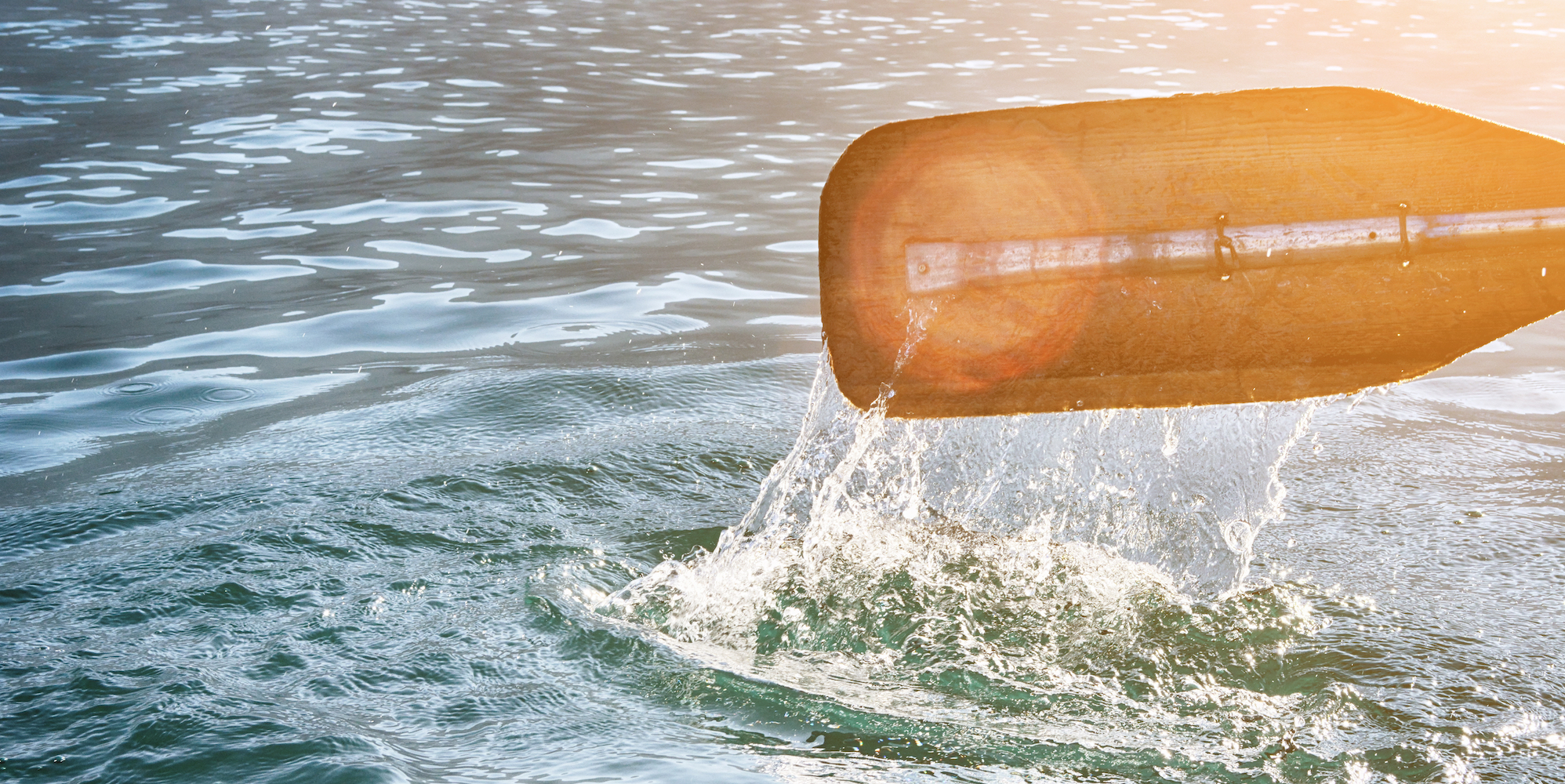
The ancient origins of kayak paddles
The kayak paddles we use today have ancient roots. Like modern kayak anglers, the paddlers of old chose their paddle length based on their kayak's size and their sitting position. While some had a higher cockpit, others were designed with a seat on which the paddler knelt or sat.
Across the Arctic and sub-Arctic regions, single-blade canoe paddles were the norm as they required less wood than double paddles. But early paddlers selected double-bladed paddles when speed was required. For maneuvering near shorelines and edging onto beaches, they opted for shorter, single-blade paddles.
Finding materials to make paddles was not always easy. The main source, driftwood, washed ashore too scarcely, and to procure this precious wood, kayakers undertook perilous treks across glaciers to scour distant timberlines. Others braved the raging torrents of rivers, hoping logs would appear in the rapids.
Despite this, the earliest kayak paddles were quite ingenious and inspiring. Kayakers crafted double-bladed paddles out of flattened wooden planks, splicing broader blades onto the ends to form a unified whole. Some even fashioned concave surfaces into the blades for increased power.
To protect the paddle edges, paddlers reinforced them with whalebone or ivory inserts - essentially creating composite structures. Ergonomic innovations were also pioneered, with paddle shafts shaped into ovals for a superior grip, aligning the wider sides perpendicularly to the blade faces. This enabled optimal hand placement and comfort when propelling through the waves.
For these early kayakers, having a functional paddle was a matter of survival and their clever designs paved the way for modern innovations. Even today, their wisdom can be seen in the development of cutting-edge paddle technology, which is meeting the demands of not only angler kayakers but also whitewater paddlers and recreational sea kayakers.
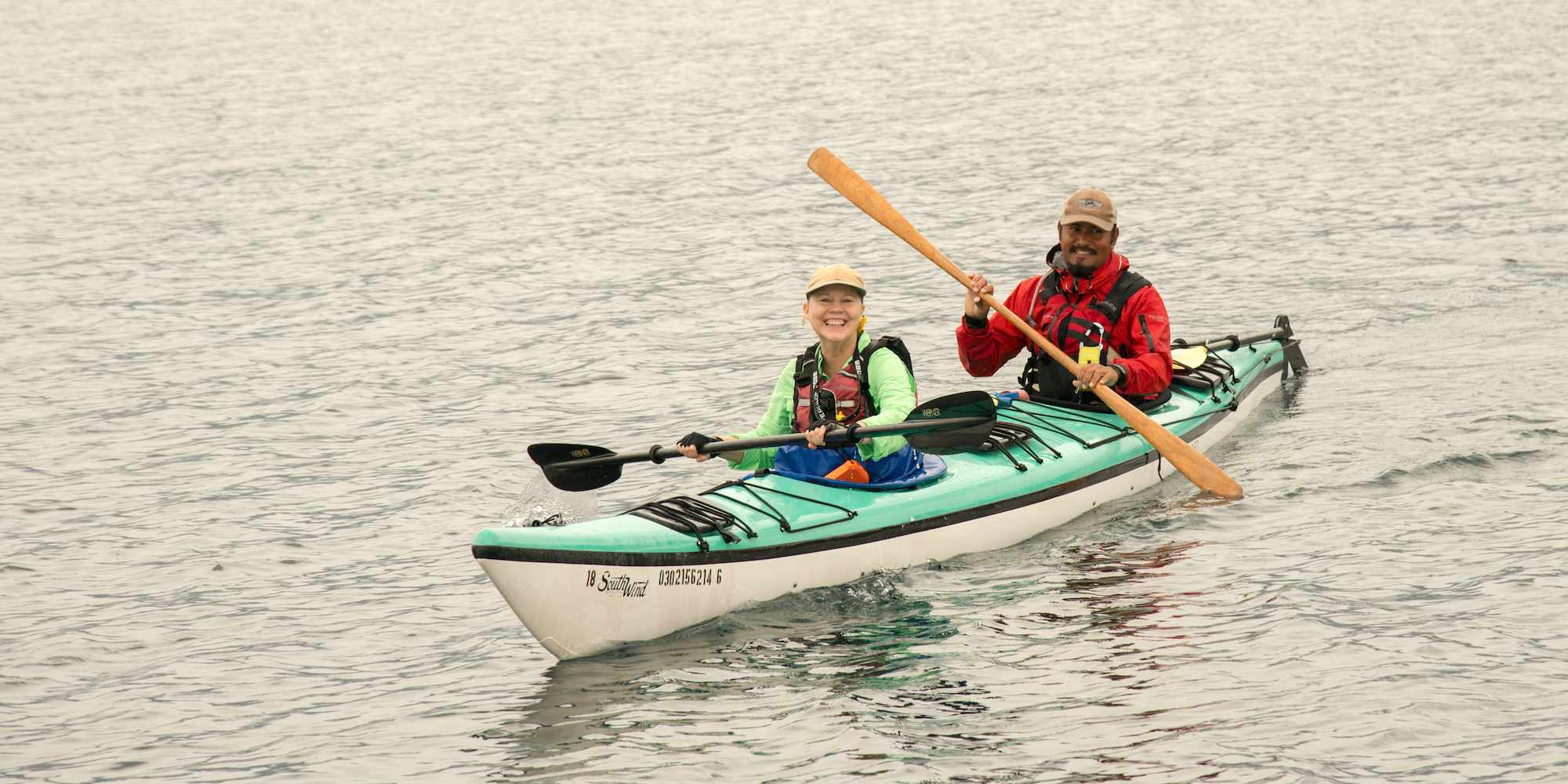
The changing face of paddle design
While the paddles of ancient kayakers were designed for fishing and hunting, the demands of modern watersports have diversified paddles. There is no such thing as “one size fits all” when it comes to paddles and modern manufacturers are leaning into this. What a kayak angler needs is different from that of a whitewater kayaker and a sea kayaker traveling long distances.
For kayak fishing, paddles have transformed from mere propulsion devices to versatile fishing tools. The paddle and kayak provide a means to go fishing in places other anglers can’t reach, so the designs need to optimize this.
Fishing kayaks tend to be heavier and wider than touring kayaks, designed to power through wind and current. As a result, these bulkier boats need mightier paddles. Sit-on-top seats perch paddlers a foot higher while standup fishing adds even more torque on the paddle. In each situation, a different paddle design is required.
Adjustable length shafts are one way in which manufacturers are responding to the needs of modern-day kayakers. This is especially useful for fishing kayaks that allow the seat to be positioned high for casting or low for paddling. To optimize paddle fit in multiple positions, fishing paddles often have telescoping shafts that can be dialed into the perfect length.
Fishing paddles owe their strength and stiffness to innovations from the whitewater world, with the extreme conditions of the sport pushing paddle technology to new limits. Advanced materials like fiberglass and Dynal composite have replaced whalebone in the construction phase while reinforced tips and edges have been added for increased durability.
Generally speaking, angler kayak paddles have grown over the past decade, with around 16 inches added to what is considered a “long paddle”. But it's not as simple as taking a standard paddle and stretching it out. The longer shaft needs to be engineered to withstand the extra forces of a long lever arm. In response, manufacturers have had to create more durable shafts and reinforced joints to withstand the forces.
Whitewater paddles tend to be shorter with wider blades, allowing kayakers to power through raging rapids. The short length pairs with a high, angled paddling style for agility and speed. For long distance sea kayaking, paddles tend to be longer to maximize each stroke's efficiency. The extra length makes it easy to fully submerge the blades while maintaining a relaxed cadence.
Blade shape also matters, with manufacturers designing different blades for different needs. Low angle blades are long and slender, allowing kayakers to glide through gentle strokes with the top hand hovering around shoulder height - ideal for recreational cruising.
High angle blades are shorter and fatter, designed for more powerful strokes with the top hand at around forehead level. These allow for an efficient stroke when covering distance quickly. Then there are the sleek, high-performance wings. Originally made for racing, these turbo-charged paddles deliver incredible power, although they can be tricky to control in rough conditions.
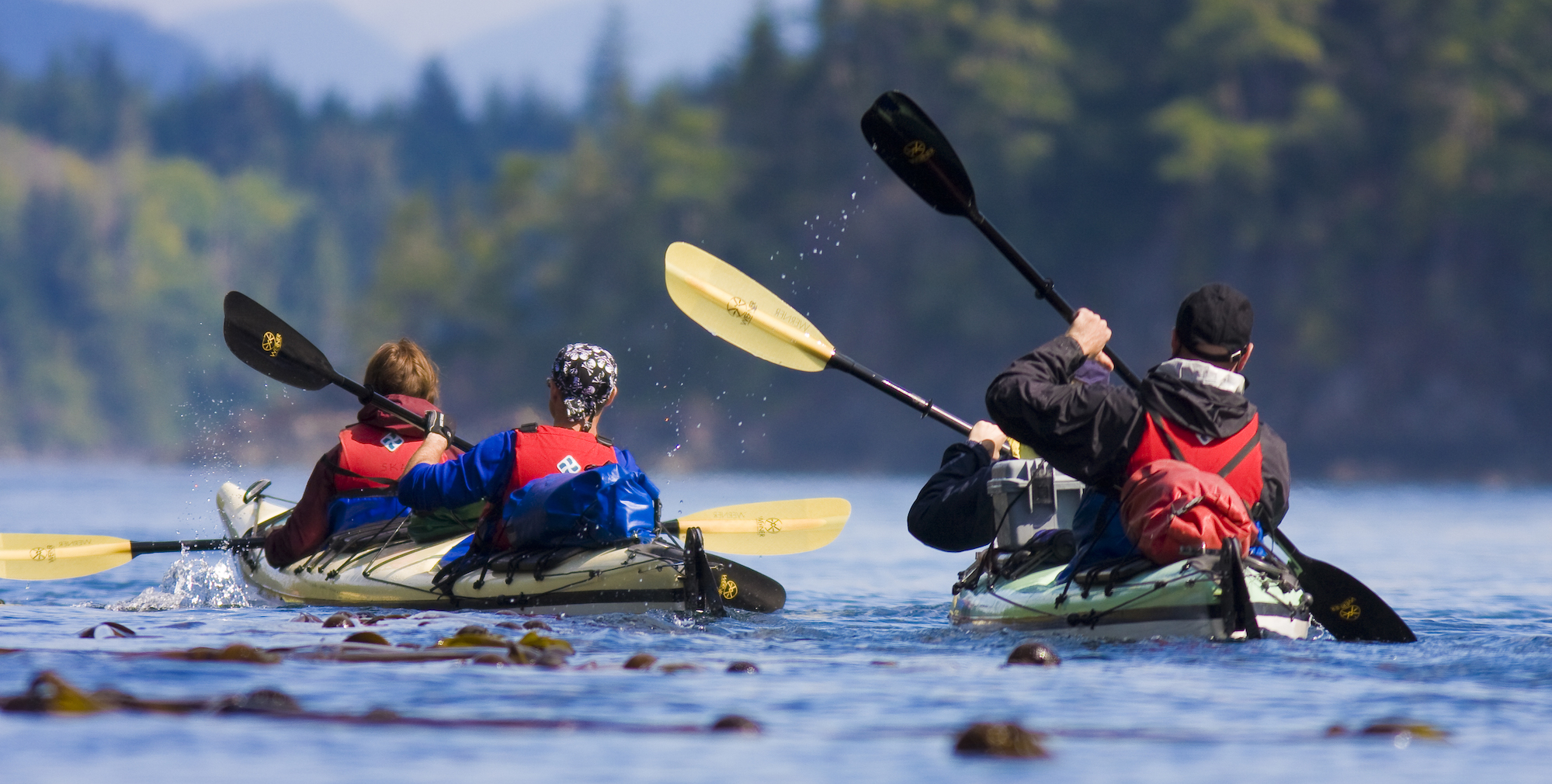
The future of paddle design
Modern-day paddle manufacturers are constantly exploring new materials, construction methods, and greener production processes to improve paddle design. They are innovating in response to the changing demands of anglers, whitewater and sea kayakers, allowing enthusiasts to explore further and with greater ease than before.
From the past to the present and well into the future, the paddle remains the most essential tool for kayakers. Since the early days of kayaking, paddle design has evolved to match the needs of the kayak and kayaker, ensuring enhanced performance in the water. Though materials and technology have progressed and new innovations are on the horizon, the paddle remains a critical tool that should never be underappreciated.

